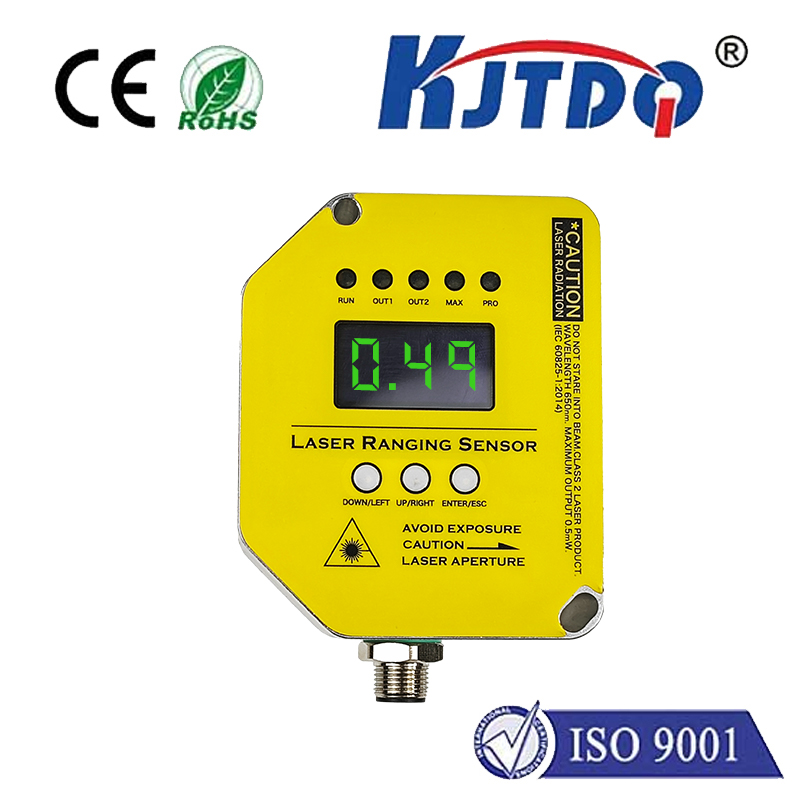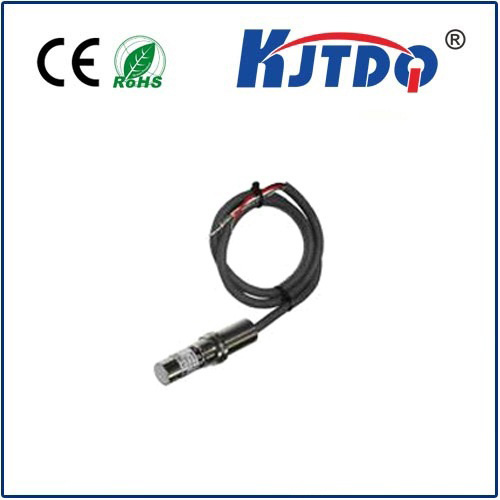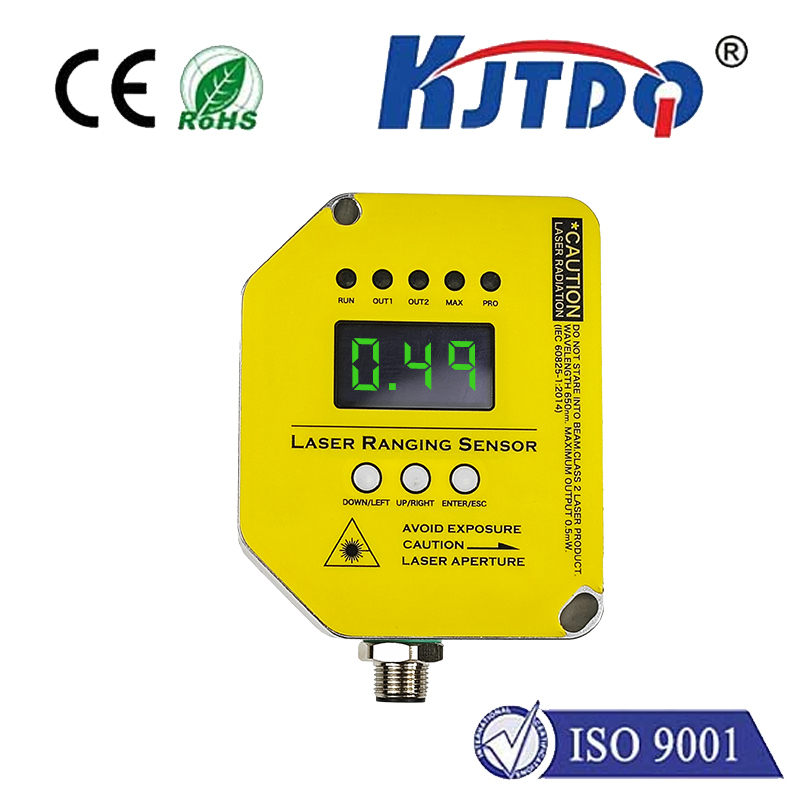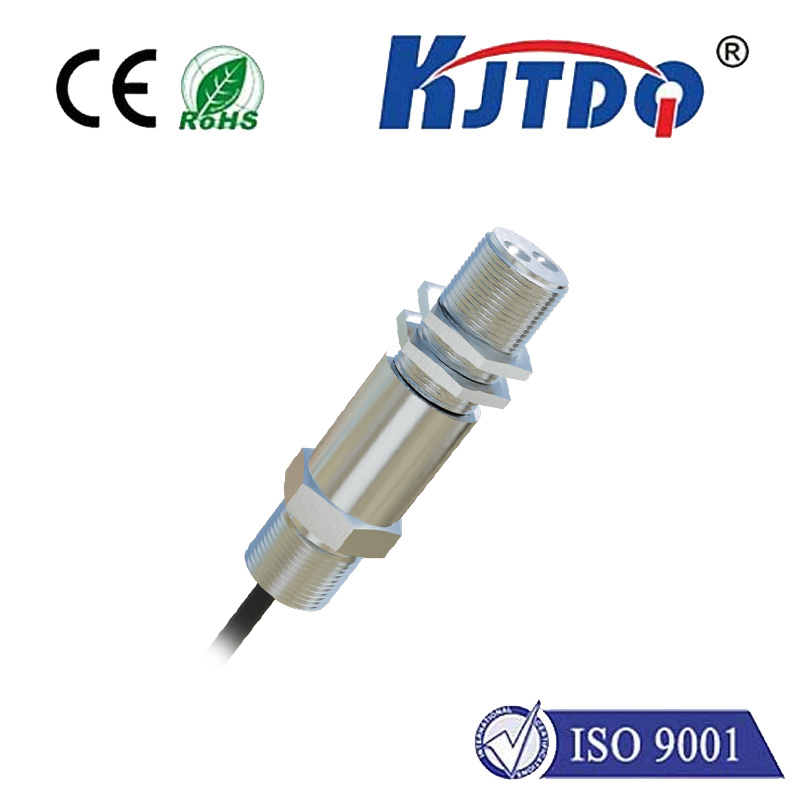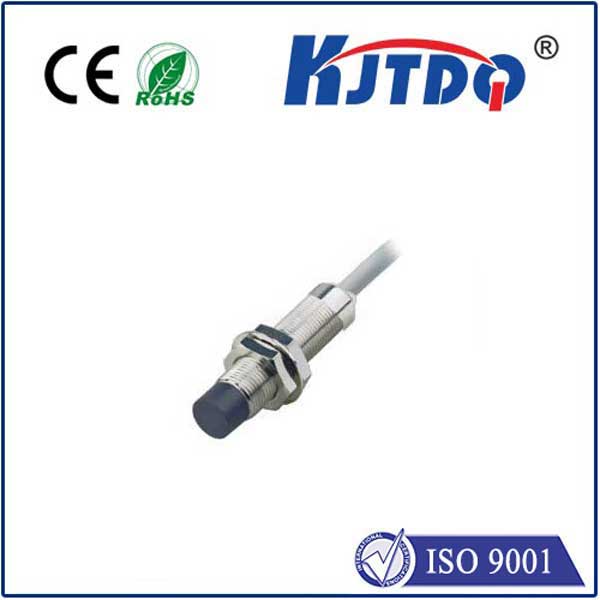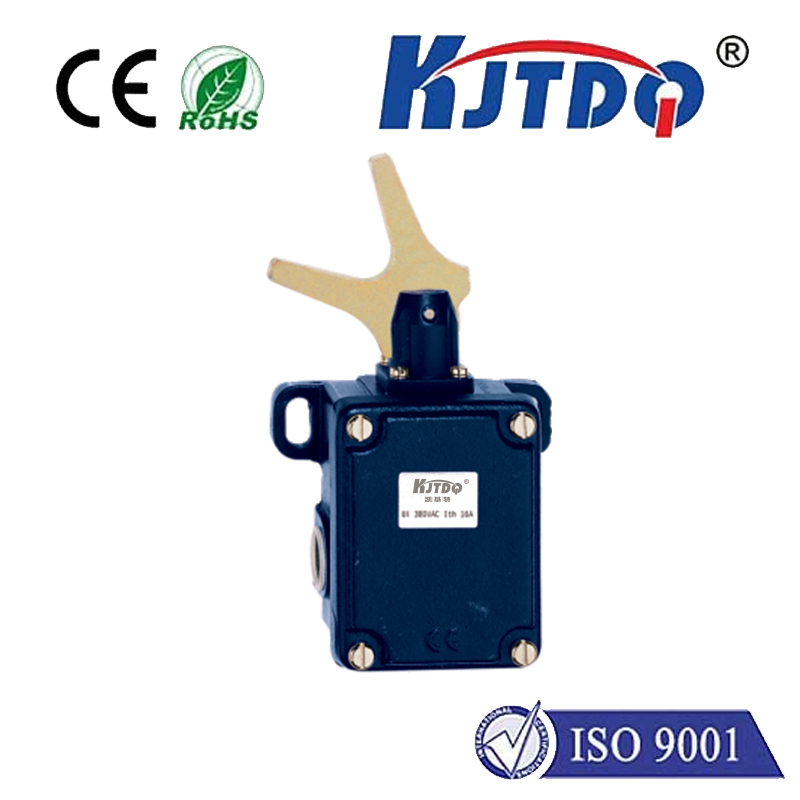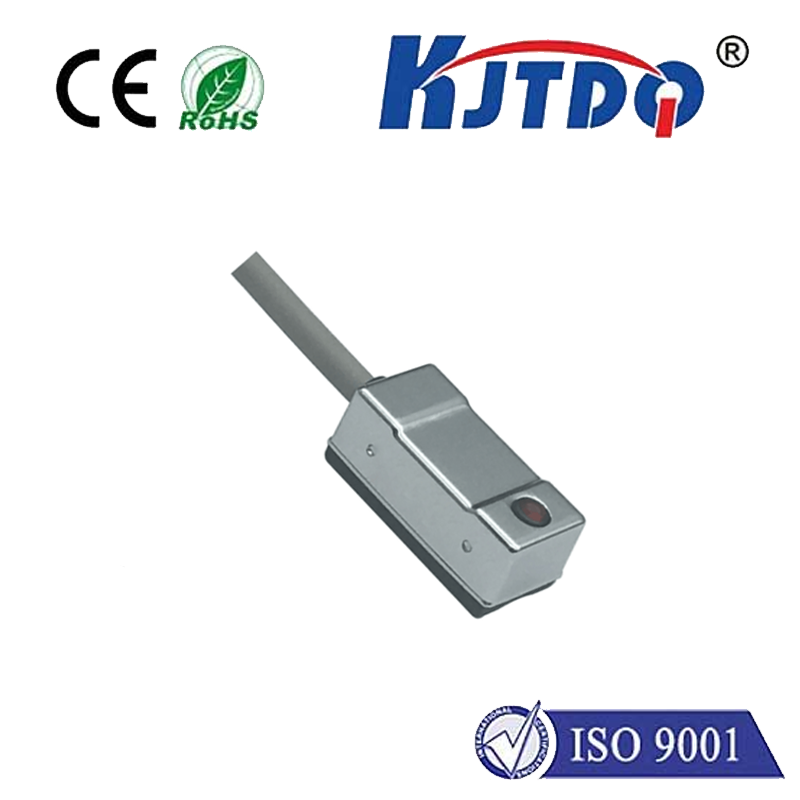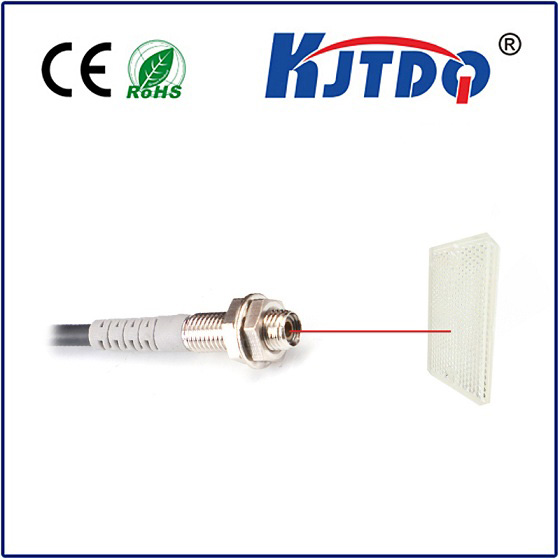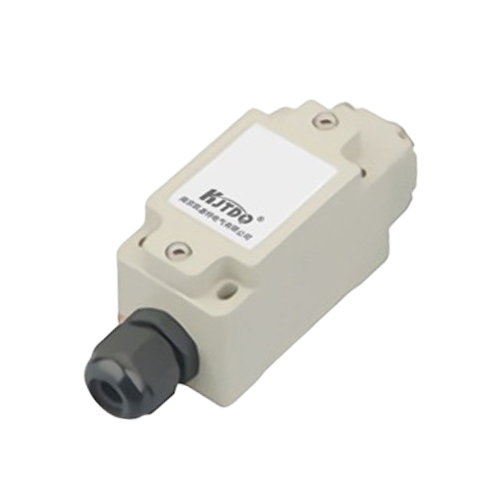

check

check

check

check

check

check

check

check

check

check
In recent years, variable inductance sensors have emerged as a vital component in various industries due to their high precision, accuracy, and versatility. These sensors offer unparalleled performance and reliability, making them an essential tool for numerous applications. This article will delve into the advancements and applications of variable inductance sensors, highlighting their unique features and benefits.
Section 1: The Evolution of Variable Inductance Sensors
The development of variable inductance sensors traces back to the late 19th century when scientists began experimenting with induction motors. However, it was not until the 1950s that the first variable inductance sensor was invented, revolutionizing the industry. Over time, advances in technology and materials science have led to significant improvements in the design and functionality of these sensors. Today, variable inductance sensors are available in a wide range of configurations, from simple resistive sensors to complex capacitive and inductive sensors.
Section 2: Advantages of Variable Inductance Sensors
Variable inductance sensors offer several advantages over traditional sensors, making them highly preferred in many applications. Some of these benefits include:
* High Sensitivity: Variable inductance sensors can detect changes in magnetic fields with exceptional sensitivity, allowing for quick and accurate responses.
* Wide Range of Applications: These sensors can be used across various industries, including automotive, aerospace, healthcare, and defense, among others.
* Easy Installation: Variable inductance sensors are easy to install and require minimal maintenance, making them ideal for use in harsh or challenging environments.
* Cost-Effective: With their high performance and low maintenance requirements, variable inductance sensors are often more cost-effective than other types of sensors.
Section 3: Applications of Variable Inductance Sensors
A variety of industries rely on variable inductance sensors for their specific needs. Some notable applications include:
* Automotive Industry: These sensors are widely used in vehicle diagnostic systems, engine control units, and airbags to detect malfunctions and ensure safety.
* Aerospace Industry: In the aerospace industry, variable inductance sensors are used to monitor the health of aircraft components and prevent potential failures.
* Healthcare Industry: In medical devices such as pacemakers and cochlear implants, variable inductance sensors help monitor and regulate electrical signals to maintain healthy organ function.
* Manufacturing Industry: These sensors are employed in quality control and process monitoring applications, ensuring precise and consistent production processes.
* Defense Industry: Variable inductance sensors play a crucial role in surveillance systems and missile guidance systems, providing accurate data for decision-making.
Conclusion
As we have seen,variable inductance sensors have come a long way since their inception and continue to evolve with technological advancements. Their versatility, precision, and reliability make them indispensable tools in various industries, from industrial to medical applications. As research continues to improve the design and functionality of these sensors, we can expect even greater benefits and advancements in the future.
